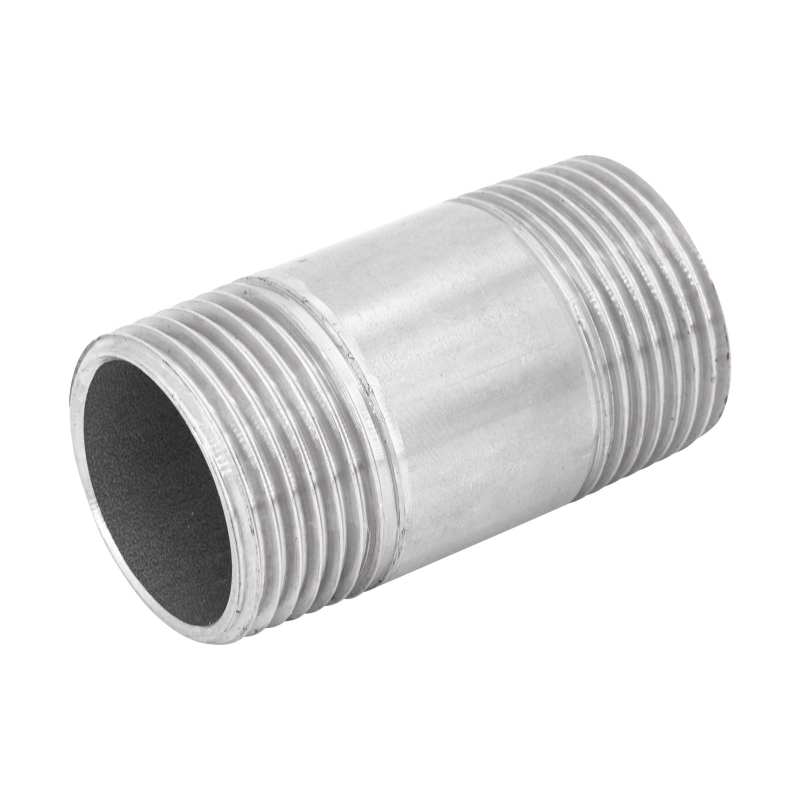-
Cangzhou Yulong Steel Co., Ltd.
-
Phone:
+86 13303177267 -
Email:
admin@ylsteelfittings.com
- English
- Arabic
- Italian
- Spanish
- Portuguese
- German
- kazakh
- Persian
- Greek
- French
- Russian
- Polish
- Thai
- Indonesian
- Vietnamese
- Zulu
- Korean
- Uzbek
- Hindi
- Serbian
- Malay
- Ukrainian
- Gujarati
- Haitian Creole
- hausa
- hawaiian
- Hebrew
- Miao
- Hungarian
- Icelandic
- igbo
- irish
- Japanese
- Javanese
- Kannada
- Khmer
- Rwandese
- Afrikaans
- Albanian
- Amharic
- Armenian
- Azerbaijani
- Basque
- Belarusian
- Bengali
- Bosnian
- Bulgarian
- Catalan
- Cebuano
- China
- China (Taiwan)
- Corsican
- Croatian
- Czech
- Danish
- Esperanto
- Estonian
- Finnish
- Frisian
- Galician
- Georgian
- Kurdish
- Kyrgyz
- Lao
- Latin
- Latvian
- Lithuanian
- Luxembourgish
- Macedonian
- Malgashi
- Malayalam
- Maltese
- Maori
- Marathi
- Mongolian
- Myanmar
- Nepali
- Norwegian
- Norwegian
- Occitan
- Pashto
- Dutch
- Punjabi
- Romanian
- Samoan
- Scottish Gaelic
- Sesotho
- Shona
- Sindhi
- Sinhala
- Slovak
- Slovenian
- Somali
- Sundanese
- Swahili
- Swedish
- Tagalog
- Tajik
- Tamil
- Tatar
- Telugu
- Turkish
- Turkmen
- Urdu
- Uighur
- Welsh
- Bantu
- Yiddish
- Yoruba

Jan . 02, 2025 10:06 Back to list
weld on pipe caps
Understanding Weld-On Pipe Caps A Comprehensive Guide
Weld-on pipe caps are essential components in piping systems, widely used across various industries such as construction, oil and gas, plumbing, and manufacturing. Their primary function is to close the ends of pipes, providing a secure seal that prevents the loss of materials, contaminants, or gases. In this article, we will explore the importance of weld-on pipe caps, their applications, installation techniques, and the advantages they offer.
What are Weld-On Pipe Caps?
Weld-on pipe caps are fittings made from various materials, including stainless steel, carbon steel, and PVC. They are designed to be welded onto the end of a pipe, creating a strong, permanent seal. This welding process enhances the durability and reliability of the connection, making them suitable for high-pressure applications.
These caps come in various sizes and types, tailored to accommodate different pipe diameters and wall thicknesses. The choice of material often depends on the specific requirements of the application, such as temperature tolerance, corrosion resistance, and pressure ratings.
Importance of Weld-On Pipe Caps
Weld-on pipe caps play a critical role in maintaining the integrity of piping systems. Here are some key reasons for their use
1. Safety By sealing pipes, these caps help prevent leaks and spills of hazardous materials, ensuring safety in industrial environments. They minimize the risk of accidents and expose workers to dangerous substances.
2. Preventing Contamination When pipes are not in use, weld-on caps protect the interior from contaminants, moisture, and debris. This is especially vital in food processing, pharmaceuticals, and other industries where cleanliness is a priority.
3. Pressure Maintenance In high-pressure systems, weld-on pipe caps provide a robust closure that can withstand extreme internal pressures. This is crucial for maintaining system performance and preventing catastrophic failures.
4. Cost-Effective Solution Using weld-on pipe caps can be more economical than alternative sealing methods, such as threaded caps or flanged caps. They require less material and provide a leak-proof seal, reducing the need for costly repairs and maintenance.
Applications
Weld-on pipe caps are versatile and can be found in various applications, including
weld on pipe caps

1. Oil and Gas Used to close the ends of pipelines during construction or maintenance, ensuring that harmful substances do not escape.
2. Water and Sewage Essential in municipal water systems, these caps prevent leaks and contamination in water distribution networks.
3. Industrial Manufacturing Used in various manufacturing processes where pipes transport materials, ensuring effective closure during non-operational periods.
4. Construction Weld-on caps are commonly utilized in structural steel applications, especially in building frameworks and support structures.
Installation Techniques
The installation of weld-on pipe caps requires a systematic approach to ensure a secure and leak-proof seal. Here are some steps to consider
1. Surface Preparation Both the pipe end and the cap must be free from rust, dirt, and oil to ensure a strong weld. This might involve cleaning with a wire brush or solvent.
2. Alignment Ensure that the cap is properly aligned with the pipe to avoid misalignment during welding. This can be done using clamps or fixtures.
3. Welding Method Depending on the material and application, various welding techniques such as MIG, TIG, or stick welding may be employed. It’s essential to select the right method for optimal results.
4. Inspection After welding, inspect the joint for any defects or imperfections. Non-destructive testing methods can be used to check for leaks or weaknesses in the weld.
Conclusion
Weld-on pipe caps play a vital role in ensuring the safety, efficiency, and longevity of piping systems. Their robust design and ease of installation make them an indispensable component in numerous industries. By understanding their importance and proper installation techniques, companies can enhance the reliability of their operations while minimizing risks associated with leaks and contamination. Investing in quality weld-on pipe caps is a step towards achieving operational excellence and maintaining a safe working environment.
Latest news
-
ANSI 150P SS304 SO FLANGE
NewsFeb.14,2025
-
ASTM A333GR6 STEEL PIPE
NewsJan.20,2025
-
ANSI B16.5 WELDING NECK FLANGE
NewsJan.15,2026
-
ANSI B16.5 SLIP-ON FLANGE
NewsApr.19,2024
-
SABS 1123 FLANGE
NewsJan.15,2025
-
DIN86044 PLATE FLANGE
NewsApr.19,2024
-
DIN2527 BLIND FLANGE
NewsApr.12,2024
-
JIS B2311 Butt-Welding Fittings LR/SR 45°/90° /180°Seamless/Weld
NewsApr.23,2024











